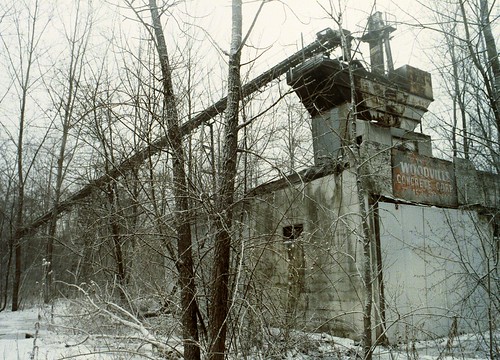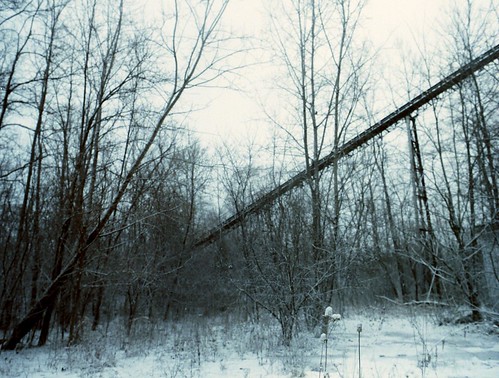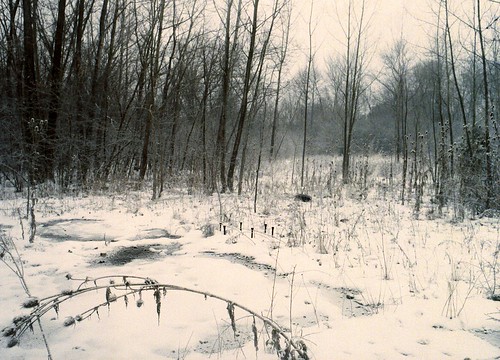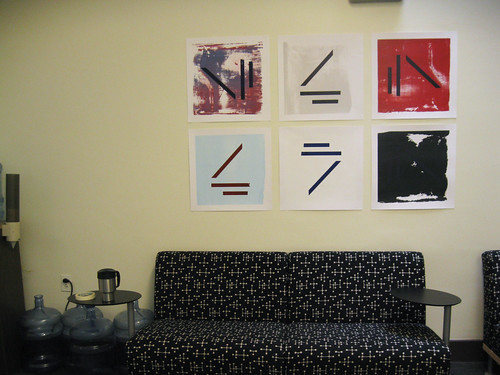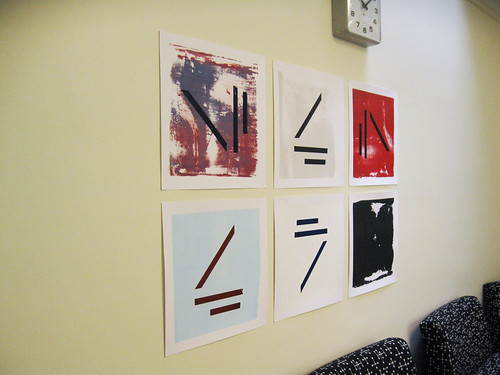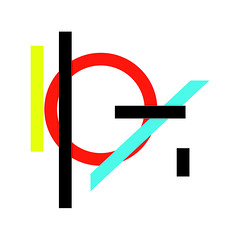For my final project for Colour Photography, I wanted to do something that was an extension of my earlier work in the class but also moved in a new direction. The reason for this was that I felt much of my work this semester had suffered from my busy schedule. The combination of being very busy with extracurricular activities and my other class commitments (both in silkscreening and video) meant that I was not able to commit as much time as I wanted to (and probably needed to commit) to the class and as such I haven't been that happy with my work. Based on this, rather than trying to go back on change up a project that I had cobbled together, I decided to instead just go in a new direction, as I thought a breath of fresh air, would breathe some life into this final project, an aspect missing in my other shown work.
After considering a variety of options, I decided that to go with shooting at the abandoned cement factory near the municipal water treatment facility of my town. I originally took interest in it when I saw the factory in one of my professor's photographs, but later visited the site and became fascinated with it. Nestled in the trees off a private road and almost entirely hidden from view unless you are almost on top of it, the factory is a monolith of a bygone age. Its aged signs, rusted parts, and highly suspect structural stability construct a fascinating portrait of abandonment mixed with nostalgic past; there is an oddly melancholic beauty to the entire scene.
The shoot itself was moderately successful, shooting on medium format after a long hiatus back to 35mm was really nice and I think that the pictures, though I did not have long to spend wandering about, were well chosen and well representative of the space. I do wish that I had had more time, or an assistant but as I was on a tight schedule, a few miles trek through wind and snow and trespassing, I am still happy with what I was able to do. Being at the factory again –the last time I was there was the spring– was an interesting experience and I have a lot of ideas for stuff to shoot in the future, but for now, I just have to see where to go with what I shot
